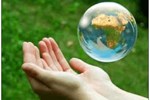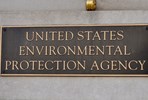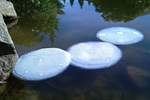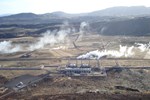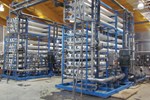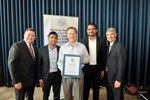LAURA MARTIN ARTICLES
-
State Department Awards 119 WWTPs10/17/2016
Wastewater treatment plants, while critically important, often go unrecognized, even when they do exceptional work.
-
Phosphorus Regs Result In High Price Tag For CT Utility8/29/2016
Increasing phosphorus regulations are significantly impacting the bottom line at many WWTPs, often requiring millions of dollars in improvements just to stay in compliance.
-
“Energy Neutral” Is More Than Just A Buzzword For WWTPs8/4/2016
Could all wastewater treatment plants someday become energy neutral? The goal may sound unobtainable, but with the right technology, investments, and innovation it may not be. According to the American Biogas Council, the wastewater sector consumes 22 terawatt hours of electrical energy each year, but has the potential to generate 851 trillion BTU of energy annually.
-
WWTPs Answer Obama's Call For Energy Efficiency11/16/2015
President Obama has asked America’s commercial and industrial buildings to become more energy efficient, and water and wastewater treatment plants are stepping up to the challenge.
-
New York City Strives For Net-Zero Energy At 14 WWTPs11/16/2015
“Net-zero energy” may sound like nothing more than an idealist turn of phrase, but one city has a plan to make it a reality at its 14 wastewater treatment plants.
-
Sensor Maintenance Made Easy With Predictive Diagnosis12/12/2014
As winter sets in across the country, those trips outside to take a reading or conduct scheduled maintenance on your water quality instruments aren’t quite so inviting. But what if your instruments could save you the trip? Predictive diagnosis is set to become the operator’s new best friend.
-
EPA Investigates Chlorine Alternative11/19/2014
In the U.S., chlorine has always been king when it comes to water disinfection. But the EPA is investigating a “greener” alternative that could dethrone the chemical disinfectant.
-
Sun-Activated LilyPads Remove Contaminants Without Chemicals10/24/2014
Puralytics LilyPads are hardly noticeable in the ponds, lakes, and catchment areas where they are deployed. Made of mesh and plastic, the flat, 1-meter diameter disks could even be confused for their plant namesake if not for their white color.
-
'Flushables' Not The Biggest Clog Culprit10/15/2014
“Flushable” wipes have been disparaged for wreaking havoc on wastewater treatment plants — causing giant clogs, overflows, and equipment breakdowns. But pre-moistened wipes labeled “flush safe” are not entirely to blame.
-
How To Get State Regulators To Champion New Water Tech10/7/2014
What can be done to combat the risk-adverse nature of both the regulators and the technology purveyors?
-
Predicting The Worldwide Impact Of Water Scarcity On The Energy Sector9/26/2014
As water is stretched and regulations around it tightened, the energy industry feels the burden. This can result in everything from reduced operations and higher costs for consumers to,in extreme cases, blackouts and gas and electricity shortages.
-
The 10 Hottest Topics In Wastewater—What You Need To Know9/26/2014
Behind on what's hot in the wastewater industry? Get up-to-date with this list of Water Online articles on the industry trends and challenges that everyone is talking about. Read on and you'll be sure to impress your colleagues.
-
Texas Leads The Way With First Direct Potable Reuse Facilities In U.S.9/16/2014
Severe drought prompts both Big Spring and Wichita Falls to recycle wastewater effluent for drinking water use. Will others follow suit?
-
How To Deliver Better Water And Increase Consumer Confidence Simultaneously8/29/2014
Created in 1995 to help prevent another Cryptosporidium or similar outbreak, the Partnership For Safe Water offers self-assessment and optimization programs for drinking water utilities

